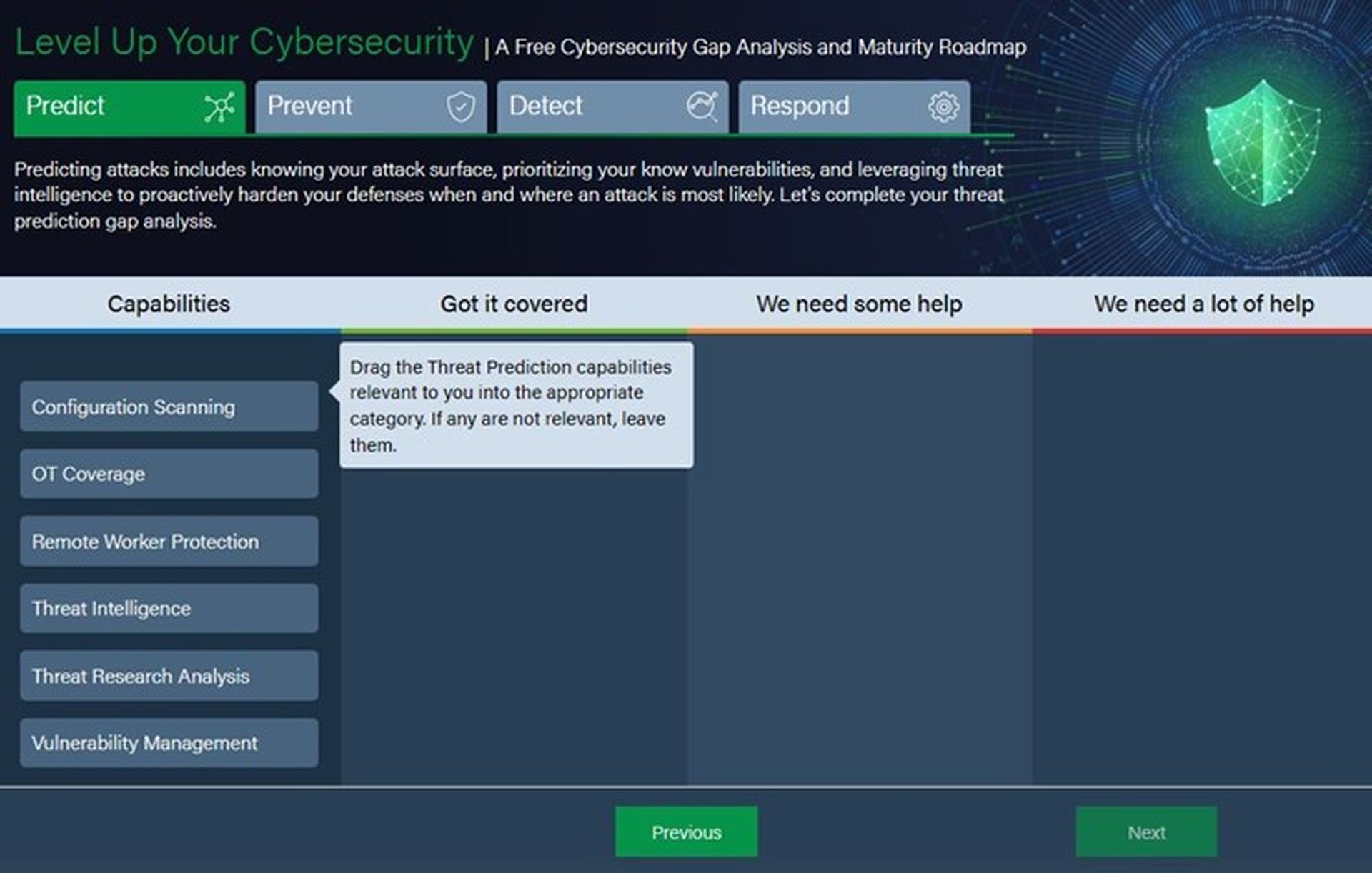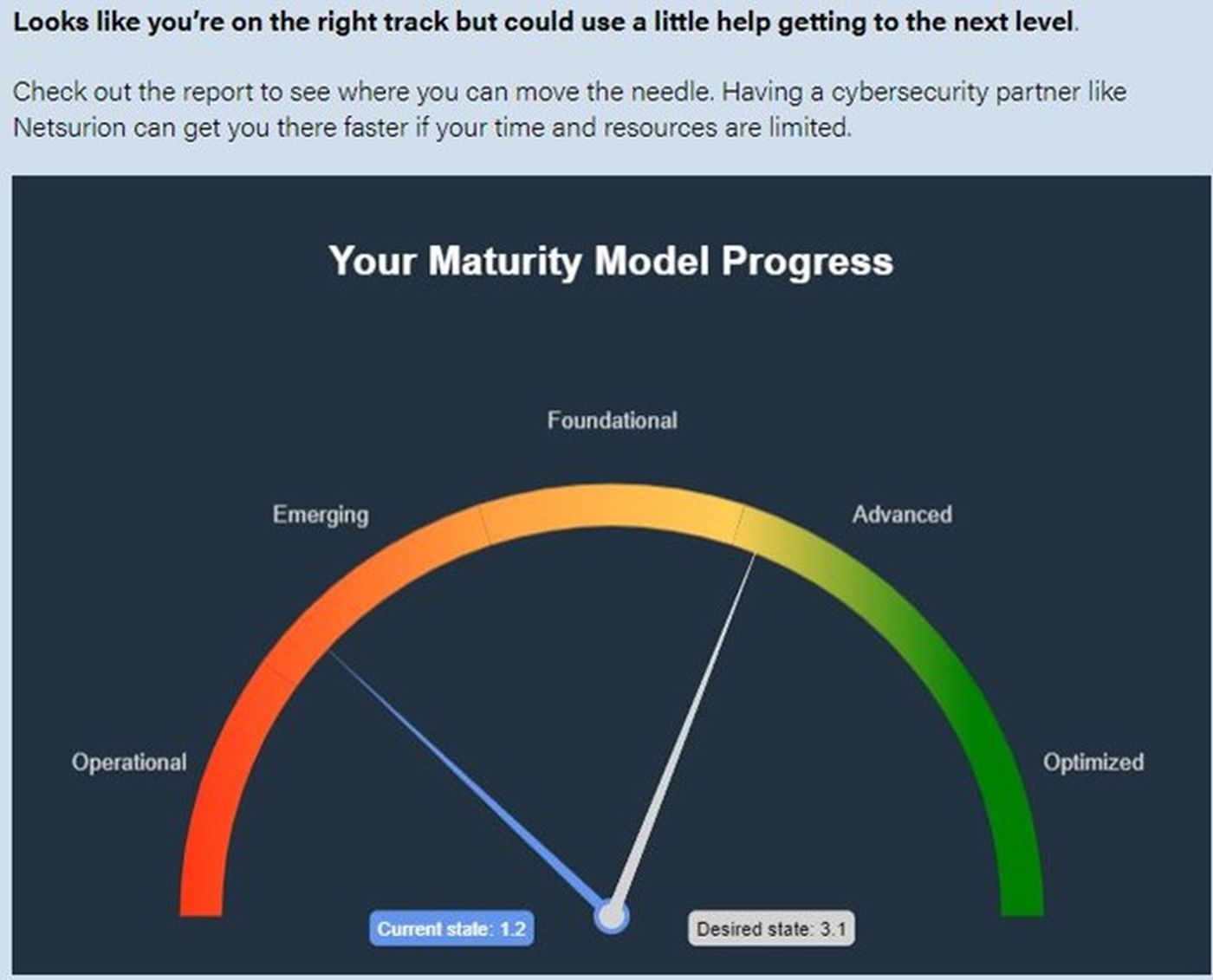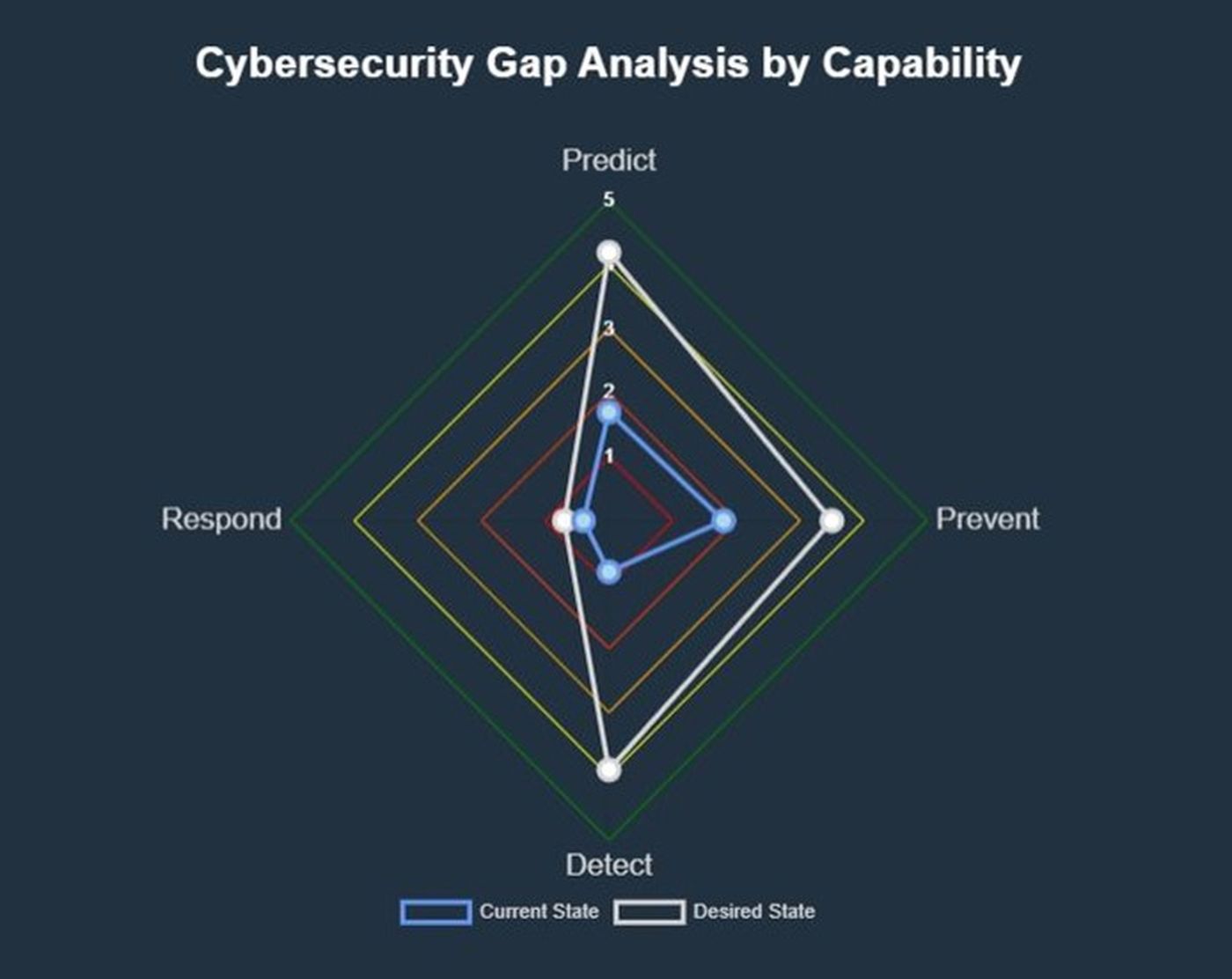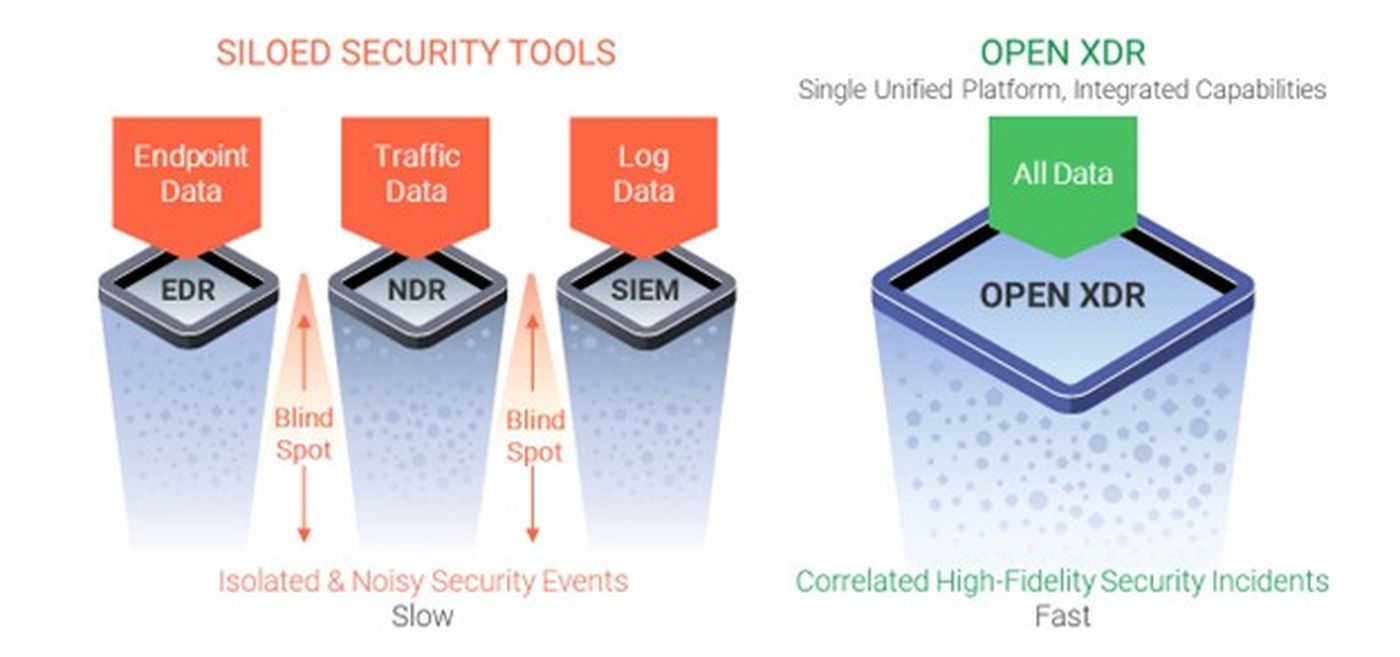In theory, cybersecurity is simple. Most managed cybersecurity service providers would agree they know what best practices should be implemented, and they know what technologies, skillsets, and processes are required to achieve them.
We all have a favorite cybersecurity framework to help compartmentalize and systematize a robust and comprehensive cybersecurity operation too. But here’s the problem. Cybersecurity doesn’t happen in a vacuum. One business’s SecOps has to factor in all of the unique business needs, industry requirements, and IT systems in place… oh, and the familiar restrictions of budget and staff.
More Customers, More Problems
For managed service providers (MSPs), the challenge is multiplied by the number of unique business clients. There is no one-size-fits-all SecOps model, so you’re faced with two big questions:
- How do I deliver right-sized SecOps to each customer based on their goals?
- How do I achieve that without losing my mind and my margins?
Here are some recommendations to answer these two questions.
Delivering Right-Sized Cybersecurity Starts with a Proper Assessment

MSPs face the challenge of managing multiple clients with different cybersecurity postures, demands and risk tolerances. So, you need to be willing and able to address their particular needs. A cybersecurity gap assessment untangles cybersecurity issues and presents them in an organized manner, allowing you to compartmentalize and analyze them more clearly and confidently.
However, most cybersecurity assessments are one-size-fits-all and assume that you want to immediately get to the best/optimal state in all categories. Again, cybersecurity doesn’t work in a vacuum. This can be frustrating for many organizations as the assessment just tells them where they fall short of every “ideal” best practices. That's where our Cybersecurity Maturity Model and Gap Analysis comes in.

Netsurion’s Cybersecurity Gap Analysis and Maturity Roadmap allows you to measure your current state against a desired state, not just a universally determined “best state".
Where to Start
Our Cybersecurity Gap Analysis and Maturity Roadmap allows organizations and their service providers to assess their current state and define their desired state, providing them with a roadmap to their desired end state, not a universally determined “best state”. Every business is unique, and not everyone needs or wants the Ferrari F8 Tributo of cybersecurity. The point is to assess where your business is today and where your business should be tomorrow.
The Benefits
Check out our free Cybersecurity Gap Analysis and Maturity Roadmap for a clear, organized, and customizable way to assess your goals and needs. You can run it for yourself. You can run it for your clients. Every time, you'll get a customized Maturity Model current score and end score overall broken down by predict, prevent, detect, and respond capabilities. In addition, a customized PDF report is generated that provides a list of priorities to focus on in building your roadmap to your desired state. It also allows you to:
- Prioritize gaps or risks in security posture.
- Identify opportunities to consolidate technologies.
- Use the assessment as both a sales tool and a client business review tool.

Netsurion’s Maturity Model allows you to define your current and desired state, and offers recommendations to fill the gap.

Netsurion’s Gap Analysis organizes your current capabilities and desired capabilities across the cyberthreat timeline so you can focus on predict, prevent, detect, or respond shortcomings.
Delivering Right-Sized Cybersecurity Efficiently and Cost-Effectively
Now, you might be thinking “Great, delivering tailored cybersecurity to every client means infinite complexities for my business operations and more technology investments”. Discovering and articulating the unique challenges and goals of your client is nice, but how do you realistically deliver it?
We think the answer centers around the concept of Managed Open XDR partnership.
- XDR platforms with a multi-tenant architecture deliver a wider range of threat detection and response automation that can be configured to the scope of each customer.
- Open XDR technology enables you to ingest an incredibly diverse data set from the simplest client environment to the most complex.
- A Managed partner ensures the critical human-element, a 24x7 SOC, threat hunting and incident response team is there to support you above and beyond platform administration and tuning.
In addition, Managed Open XDR providers are increasingly offering capabilities in the Predict and Prevent categories such as vulnerability management and managed endpoint security.
The result is not more technology and more complexity. The result is a technology and service partnership that flexes to deliver right-sized SecOps to the full spectrum of your client base.

Managed Open XDR by Netsurion leverages all your security investments, is flexible enough to replace some as well, and includes a sliding scale of SOC services to help you deliver right-sized security to each client.
Check out Netsurion’s Cybersecurity Gap Analysis and Maturity Roadmap.
Author Aaron Branson is senior vice president of Marketing at Netsurion. Read more Netsurion guest blogs here. Regularly contributed guest blogs are part of MSSP Alert’s sponsorship program.




